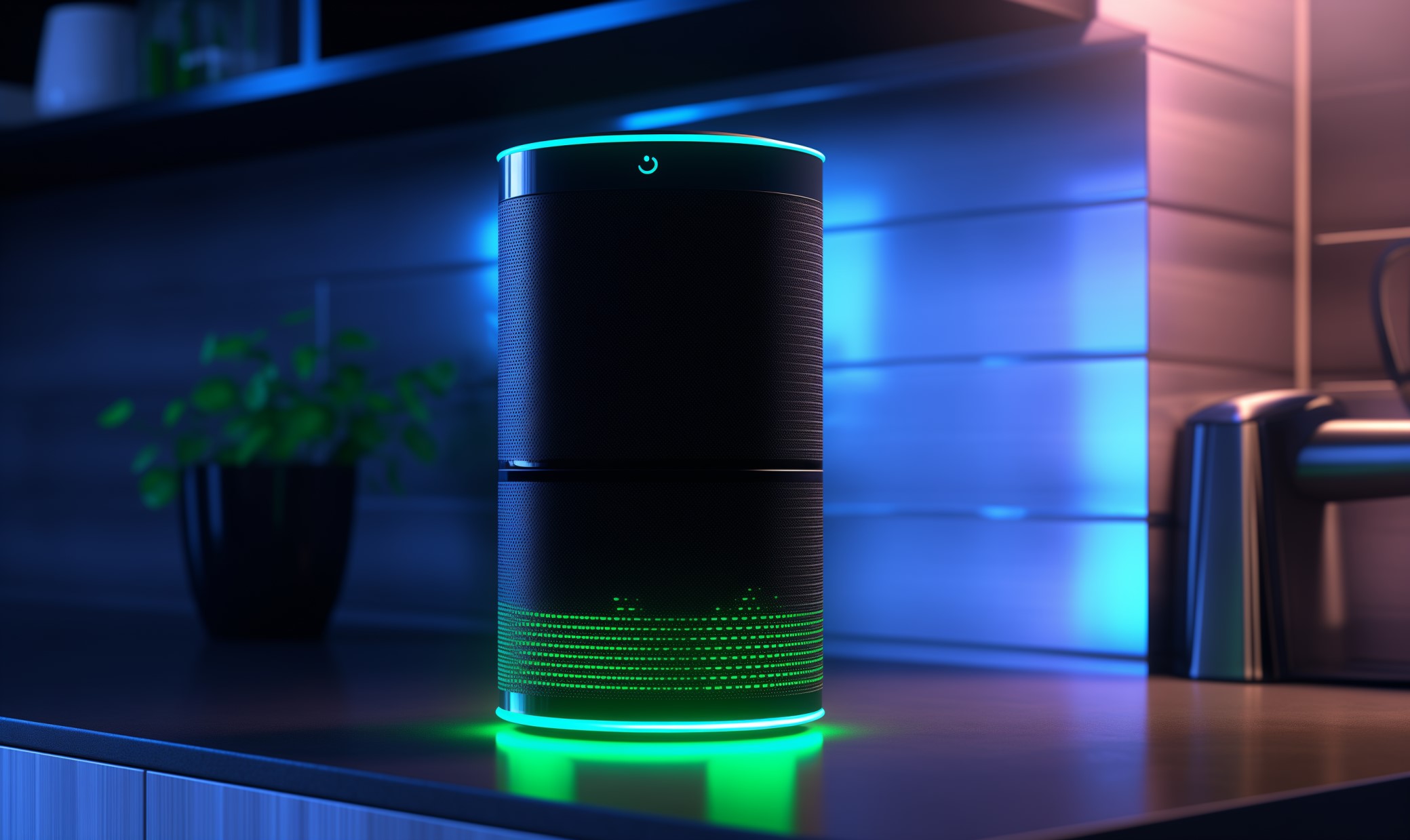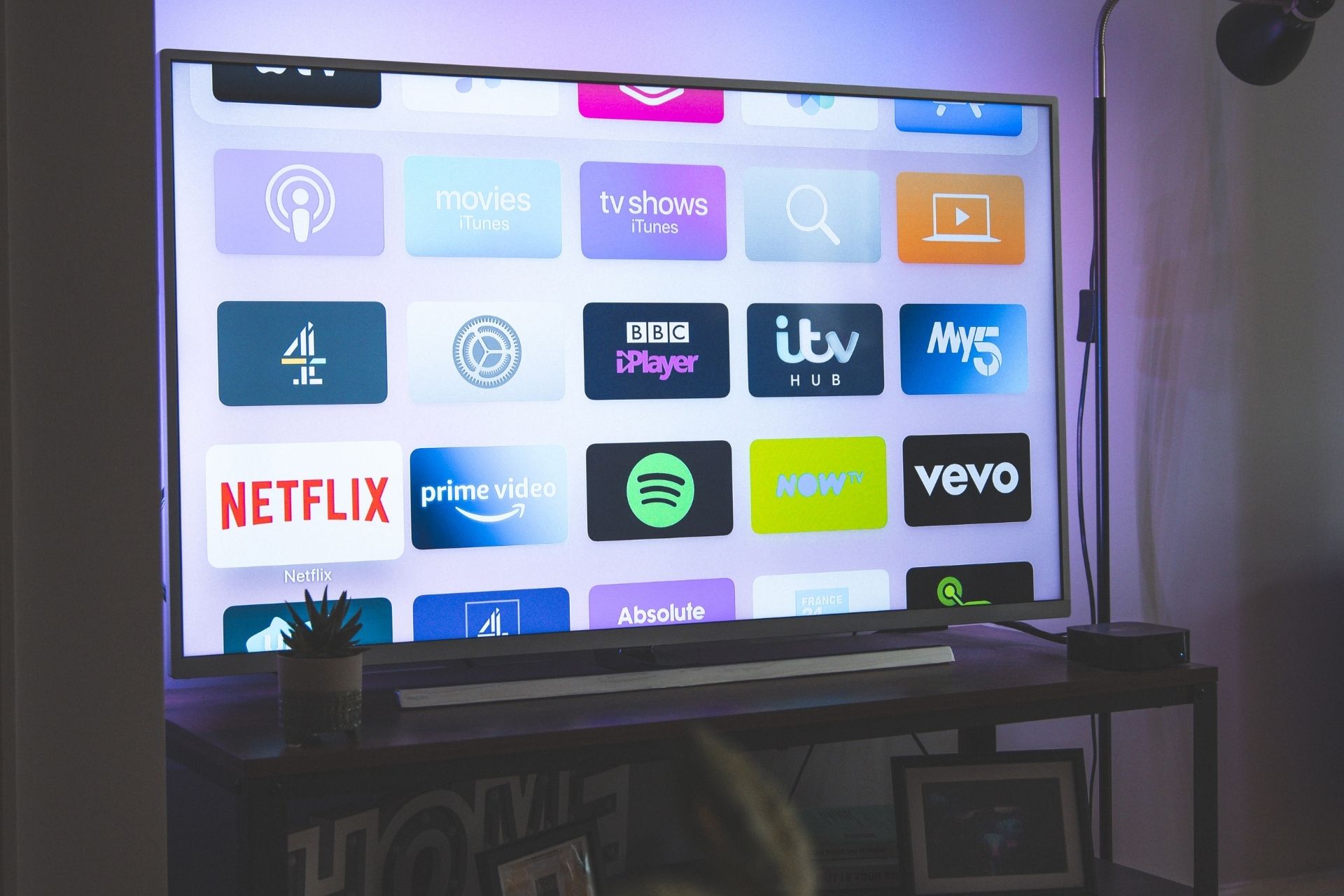The Internet of Things (IoT) has long been used to improve the environment, and now it’s changing agriculture. The demand for abundant food supplies increases as the global population expands. Meeting rising production needs requires technological advancements abiding by new sustainability regulations, and thankfully these efforts are underway.
When President Biden took office, he initiated the $2 trillion green infrastructure plan to fund system improvements. The act works to minimize greenhouse gas emissions and improve climate change prevention efforts. Achieving effective atmospheric conservation requires a mass restructuring of the agricultural industry, using smart devices and IoT.
Here are some of the ecological limitations technology minimizes and how the IoT is changing the industry of agriculture.
Limitations in the Agricultural Sector
Modern farming practices significantly impact the environment. America uses nearly 51% of its land for agricultural production. Exploiting local resources and producing emissions at that level creates severe ecological consequences.
The most impactful aspect of farming is cattle development. During beef production, cows release methane emissions into the atmosphere. Over time, the accumulation of air pollution changes the atmosphere’s composition, limiting its ability to regulate surface temperature. Earth relies on a specific arrangement of elements to create a life-sufficient climate and support the global ecosystem.
Naturally, the planet absorbs solar radiation and produces heat, warming its surface. Then, the atmosphere collects excess energy and sends it to space to prevent overheating. When greenhouse gases like methane invade the environment, they alter the process.
Methane has an extremely high light-to-heat exchange rate. It also keeps extra energy in the atmosphere, filtering it back through the heat production process. High methane emissions can significantly increase Earth’s temperature, creating environmental degradation.
The enhanced greenhouse effect causes water displacement, glacier depletion, habitat destruction, forced migration, soil erosion and other harmful impacts. Modern farming practices also exploit freshwater sources, increasing the global dehydration rate. Agricultural irrigation uses nearly 70% of the water supply and depletes aquifers.
The overconsumption of groundwater leaves regions without sufficient quantities of saturation, increasing salt levels in the soil. High salt contents destroy plant roots and limit local vegetation rates. In addition, grazing livestock degrades natural spaces and resources.
As the enhanced greenhouse effect expands, soil erosion and resource depletion limit Earth’s ability to produce vegetation. Farmers use synthetic additives to compensate for ecological challenges, placing fertilizers and pesticides on crops. When it rains, stormwater carries the additives to the ocean, which produces algal blooms and dead zones.
Environmental engineers and scientists evaluated the adverse impacts associated with farming and developed sustainable solutions. Farmers can use IoT to monitor their pollution, decrease resource exploitation and enhance efficiency levels. Various technologies are improving the agricultural sector’s sustainability.
What Is IoT in Agriculture?
IoT is a network of devices using sensors, efficient software and other technologies to connect systems in real-time. Farmers can access essential monitoring data remotely to enhance efficiency, limiting labor and time demands for.
Agricultural professionals can evaluate the weather, mineral contents, moisture levels, pest interferences and more from one device using IoT. The technology also improves the speed of data collection, helping farmers make quick and educated decisions. Additionally, the systems increase the efficiency of growth processes to minimize surface-level and atmospheric waste.
What Is Smart Farming?
There are various technological advancements in the agricultural industry supporting smart farming. The term signifies efficiency enhancements that reduce emissions and production costs.
Environmentalists are developing more supportive technologies to improve ecological and production efficiency levels. Some of the advancements monitor and adjust air and water quality on farms. They also enhance storage capabilities and help farmers effectively manage plant development and livestock.
Professionals in agriculture can access various benefits as engineers continue advancing smart farming technologies using IoT. The devices are significantly altering the impact of IoT in agriculture industries, improving its efficiency and decreasing ecological degradation.
Precision Farming
The first way IoT is influencing change in the agriculture sector is through precision farming. This technique increases the accuracy and control of production, reducing waste. Precision agriculture made its debut in the ‘90s when farmers began using GPS-controlled tractors.
The autonomous machine would read a field’s coordinates and effectively drive over the necessary regions. GPS-controlled tractors reduced human error, minimizing emissions and material waste. Today, IoT uses similar technologies on a larger scale to increase a farm’s sustainability.
Smart systems use field sensors to collect and distribute data. They help farmers remotely regulate field conditions and control sprinkler systems and machines from afar. IoT for precision farming decreases the demand for human labor, increasing workers’ safety and limiting energy use.
Livestock Monitoring
Farmers also use smart monitoring systems to monitor livestock. Workers on large-scale farms have a challenging time tending to each animal’s needs. Because of the abundance of livestock, health conditions may fly under the radar.
Technological advancements help professionals evaluate their animals’ well-being. The devices regulate eating habits, reproductive cycles, behaviors and more, increasing farmers’ control of their stock. Agricultural professionals can quickly and effectively identify health limitations and decrease the risk of death.
IoT robots also increase the production of milk by regulating peak production times. These devices allow cows to choose when they would like to release milk, improving the abundance of products. Other systems can monitor cattle’s feeding processes and evaluate the quantity of emissions they produce.
When farmers use IoT to determine the footprint of their cattle, they can effectively establish emission reduction techniques. Some professionals utilize offset practices and capturing to enhance their sustainability levels. The technology significantly alters the agricultural industry’s efficiency, reducing adverse environmental and financial impacts.
Agricultural Drones
Agricultural drones also use IoT and improve the farming sector’s efficiency. The technology helps farmers quickly and accurately collect field data. Drones can map and survey a farm, collecting information on livestock locations and irrigation patterns.
The devices deliver video footage to agricultural professionals in real-time, enhancing their decision-making skills. Advanced drones also can crop dust and spray fields and limit the need for manual labor. Farmers that use additives, like pesticides, increase workers’ risk of developing adverse health effects.
Drones decrease humans’ exposure to pesticides, protecting their health and well-being. The technology also runs on electricity and reduces combustion-related emissions from traditional crop-dusting machinery. Researchers predict an increase in agricultural drone uses in the coming years.
Smart Greenhouses
Another IoT system improving the sustainability of the agricultural sector is the smart greenhouse. Farmers grow fruits, vegetables and other crops indoors to protect their yields and experience consistent results. Conventional greenhouses rely on human intervention to monitor conditions and control progress.
Manual labor decreases the efficiency and sustainability of agriculture because errors occur frequently. When individuals make mistakes, they can increase the energy use, time intensity and work costs associated with greenhouse crop production. Environmentalists used the IoT to create smart greenhouses with sensors and monitors.
The devices rely on real-time data collection back to farmers using the cloud. They display information about the temperature, light, humidity and pressure inside a greenhouse, helping professionals make effective alterations. Other models also use renewable energy systems to support electricity demands, producing zero-emission crops.
Environmentalists designed a greenhouse covered in photovoltaic solar panels, using clean electricity to power lights, temperature control systems and more. They can additionally charge climate condition monitors, supporting efficiency inside the greenhouse and in a field.
Climate Condition Monitors
Farmers experience more agricultural growth challenges as the global temperature rises. The soil, precipitation and air quality changes due to the enhanced greenhouse effect, significantly impacting a farm’s stability. Agriculture professionals can utilize climate control monitors, backed by an IoT system, to increase their crops’ defenses against environmental degradation.
The monitoring system also accesses local weather predictions, autonomously altering a system’s response patterns. They may connect to smart sprinklers to decrease moisture loss or overwatering. The autonomous watering systems monitor soil saturation and improve quality consistency. They also track sunlight interference, choosing optimal watering times to reduce evaporation-related water loss.
When farmers maximize their irrigation efficiency, they shrink their water footprint and reduce production costs. If all agricultural professionals install climate control monitors and smart sprinklers, IoT could significantly enhance the farming sector’s sustainability levels and increase the global food supply’s abundance.
Smart Farming’s Long-Term Benefits
IoT systems can decrease the agricultural sector’s influence on environmental degradation. Farmers may utilize the technology to enhance the efficiency of their production processes, minimizing their reliance on manual labor. The IoT systems additionally reduce greenhouse gas emissions and improve atmospheric conservation efforts.
Smart farming practices also preserve natural resources, expanding the health and productivity of soil. Over time, the technologies can additionally help farmers save money and increase small companies’ success over competitors. The IoT is changing agriculture for the better, and the future looks bright indeed.
Recent Stories
Follow Us On
Get the latest tech stories and news in seconds!
Sign up for our newsletter below to receive updates about technology trends














